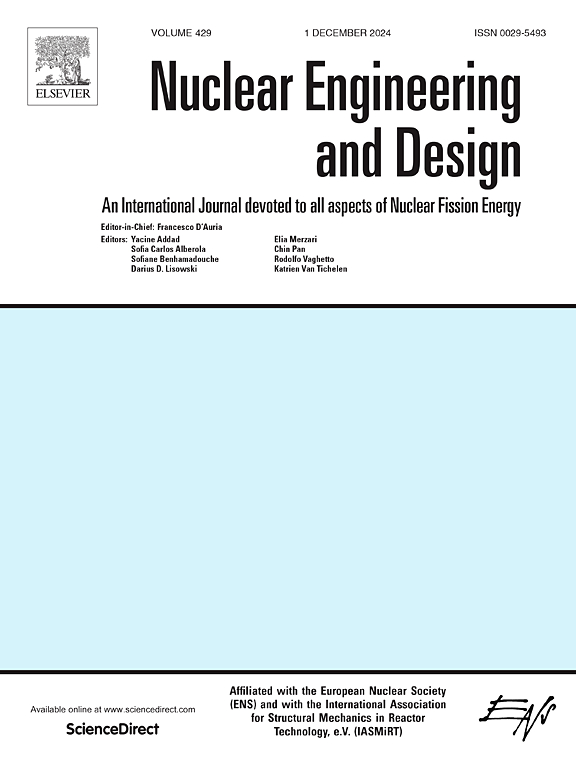Research on safe disposal technology and progress of radioactive nuclear waste
IF 1.9
3区 工程技术
Q1 NUCLEAR SCIENCE & TECHNOLOGY
引用次数: 0
Abstract
Nuclear energy as an important way to solve the energy crisis, has achieved multi-dimensional utilization in fields of power generation, heating, hydrogen production, seawater desalination, and isotope production. The safe disposal of radioactive waste directly affects the sustainable development of nuclear energy. The solidification of radioactive waste on specific substrates and deep geological disposal is an effective way to achieve permanent shielding of radioactive waste. The paper focuses on the latest developments in the disposal of radioactive waste, and comprehensively elaborating on various solidification disposal technologies for radioactive waste (cement solidification, asphalt solidification, polymer solidification, artificial rock solidification, glass solidification), as well as melting preparation processes (tank method, calcination + induction heating metal melting furnace, Joule heating ceramic melting furnace, cold crucible). In addition, the design principles, confinement mechanism, and application status of typical glass solidification technology were discussed, and the characteristics of typical borosilicate and phosphate glass matrices used to envelop radioactive nuclides were analyzed. Finally, the future development path of radioactive waste solidification disposal was pointed out, and providing reference for promoting the safe and efficient disposal of radioactive waste in the nuclear industry.
求助全文
约1分钟内获得全文
求助全文
来源期刊

Nuclear Engineering and Design
工程技术-核科学技术
CiteScore
3.40
自引率
11.80%
发文量
377
审稿时长
5 months
期刊介绍:
Nuclear Engineering and Design covers the wide range of disciplines involved in the engineering, design, safety and construction of nuclear fission reactors. The Editors welcome papers both on applied and innovative aspects and developments in nuclear science and technology.
Fundamentals of Reactor Design include:
• Thermal-Hydraulics and Core Physics
• Safety Analysis, Risk Assessment (PSA)
• Structural and Mechanical Engineering
• Materials Science
• Fuel Behavior and Design
• Structural Plant Design
• Engineering of Reactor Components
• Experiments
Aspects beyond fundamentals of Reactor Design covered:
• Accident Mitigation Measures
• Reactor Control Systems
• Licensing Issues
• Safeguard Engineering
• Economy of Plants
• Reprocessing / Waste Disposal
• Applications of Nuclear Energy
• Maintenance
• Decommissioning
Papers on new reactor ideas and developments (Generation IV reactors) such as inherently safe modular HTRs, High Performance LWRs/HWRs and LMFBs/GFR will be considered; Actinide Burners, Accelerator Driven Systems, Energy Amplifiers and other special designs of power and research reactors and their applications are also encouraged.
 求助内容:
求助内容: 应助结果提醒方式:
应助结果提醒方式:


